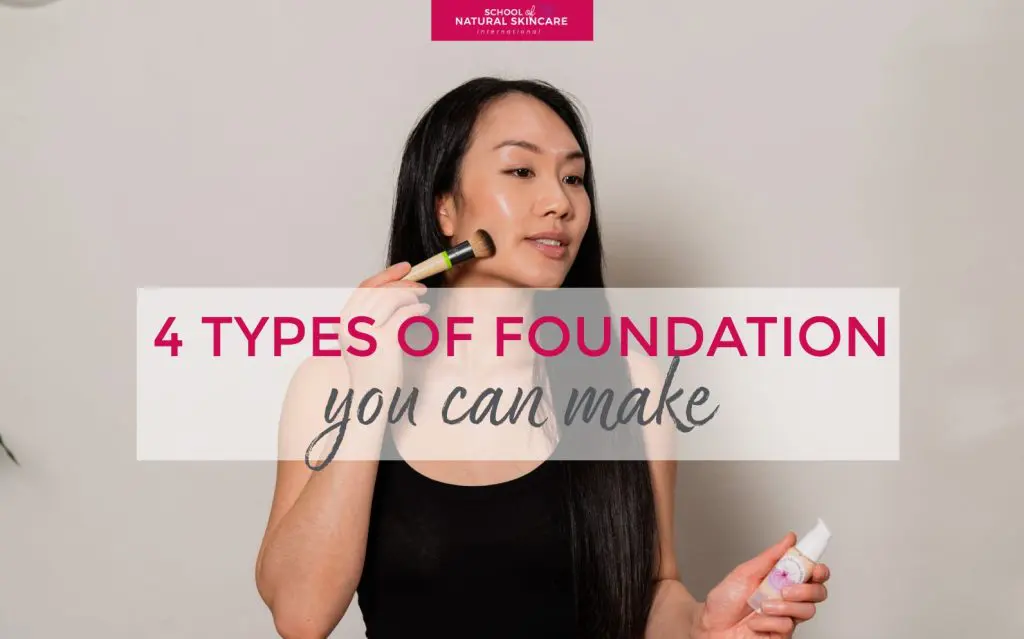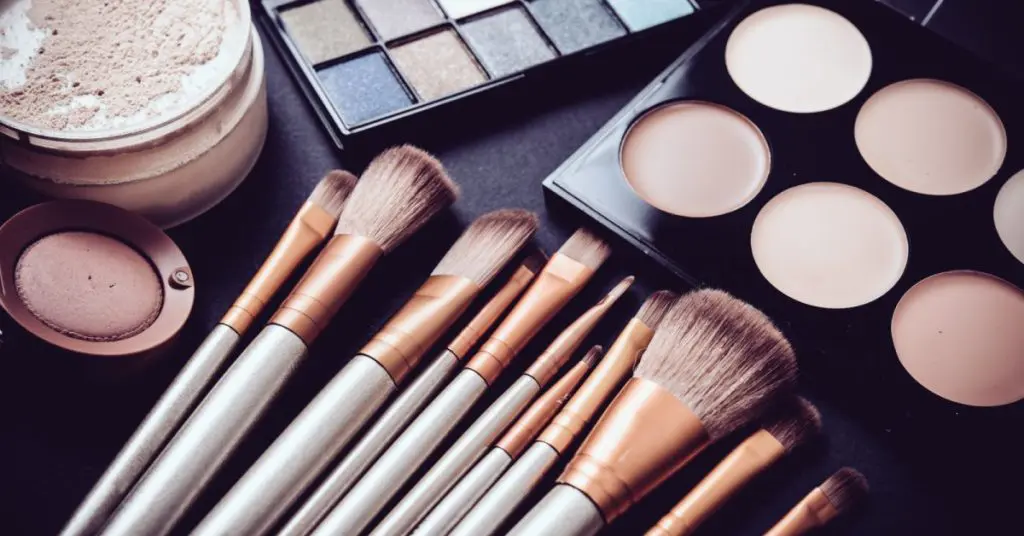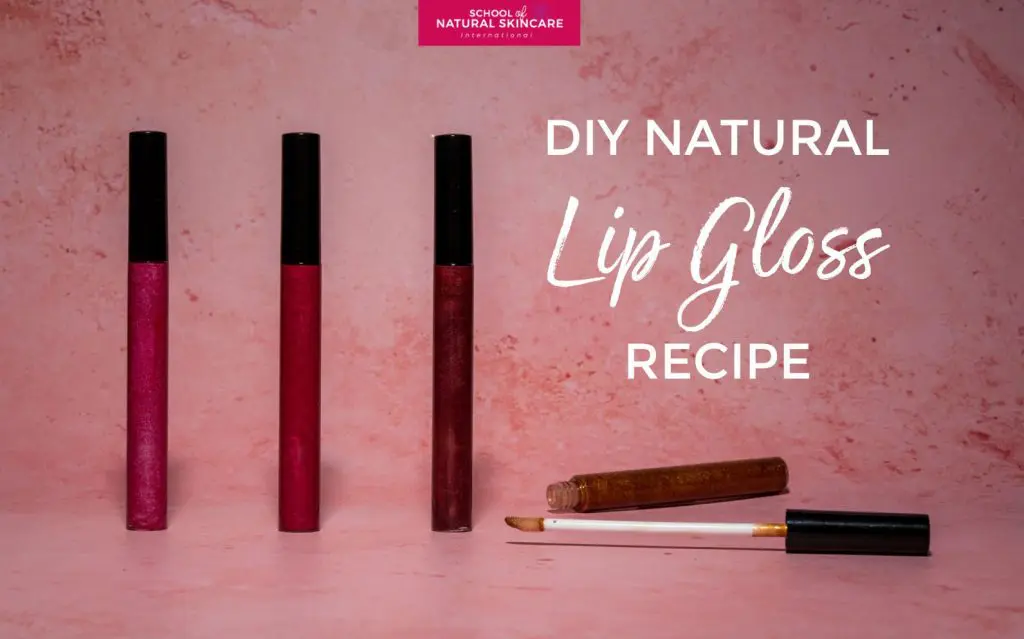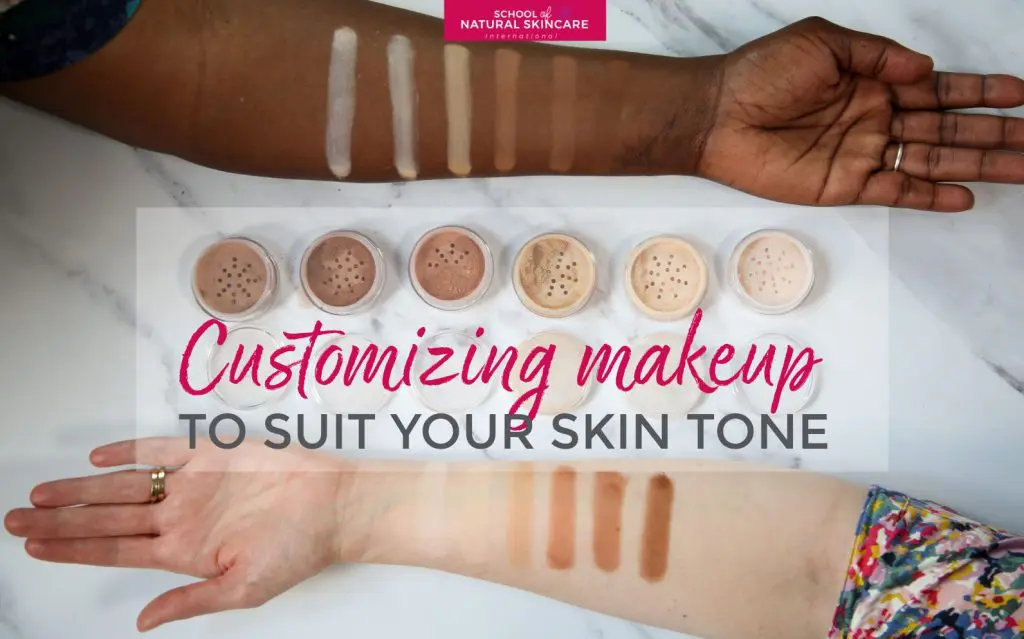Foundation gives the skin a nice evened out appearance, it hides minor imperfections and creates a ‘clean canvas’ for further makeup products. Foundations can provide light, medium or high coverage, depending on the amount of pigments used in the product.
It’s possible to make both powder and liquid foundations at home, where powders can be loose or pressed, and liquids can be sheer or full coverage.
Powders are much simpler to make so they are a great starting point and then you can progress on to formulating liquid foundations, too.
The good news is that whether you are brand new to formulating or have some experience, you can absolutely formulate your own foundation!
Let’s explore the types of foundations you can formulate!
10 reasons to formulate your own foundation
Formulating means you can create a foundation exactly the way you want it to be!
- Choose the format you like best – liquid or powder.
- Choose the coverage you like best – sheer coverage or full coverage.
- Formulate foundation for your skin type – for example, customize products for dry skin or oily skin.
- Match your skin tone perfectly.
- Customize your formula with added active ingredients, if you like.
- Avoid silicones! Most commercial liquid foundations contain silicones; use natural alternatives instead.
- Develop a new skill that is fun and creative – have fun mixing pigments to create your perfect foundation shade.
- Save money – foundation can be expensive to buy; it is more cost effective to create it yourself.
- Preservative-free – powder mineral foundation does not require any preservatives.
- Suitable for sensitive skin – avoid irritants and create soothing, natural formulas.
4 types of natural foundation you can formulate
Here is a summary of the types of foundation you can formulate. We’ll take a closer look at each type below.
|
Product |
Formula type |
Coverage |
Skin types |
|
Loose powder mineral foundation |
Powder |
Light to medium coverage |
All skin types. A popular option for oily skin, as the powders gently mattify the skin |
|
Pressed powder mineral foundation |
Powder |
Light to medium coverage |
All skin types. A popular option for oily skin, as the powders gently mattify the skin |
|
Lightweight sheer coverage liquid foundation |
Oil-in-water (O/W) emulsion |
Light to medium coverage |
All skin types |
|
High coverage liquid foundation |
Water-in-oil (W/O) emulsion |
High, full coverage |
All skin types, except oily |
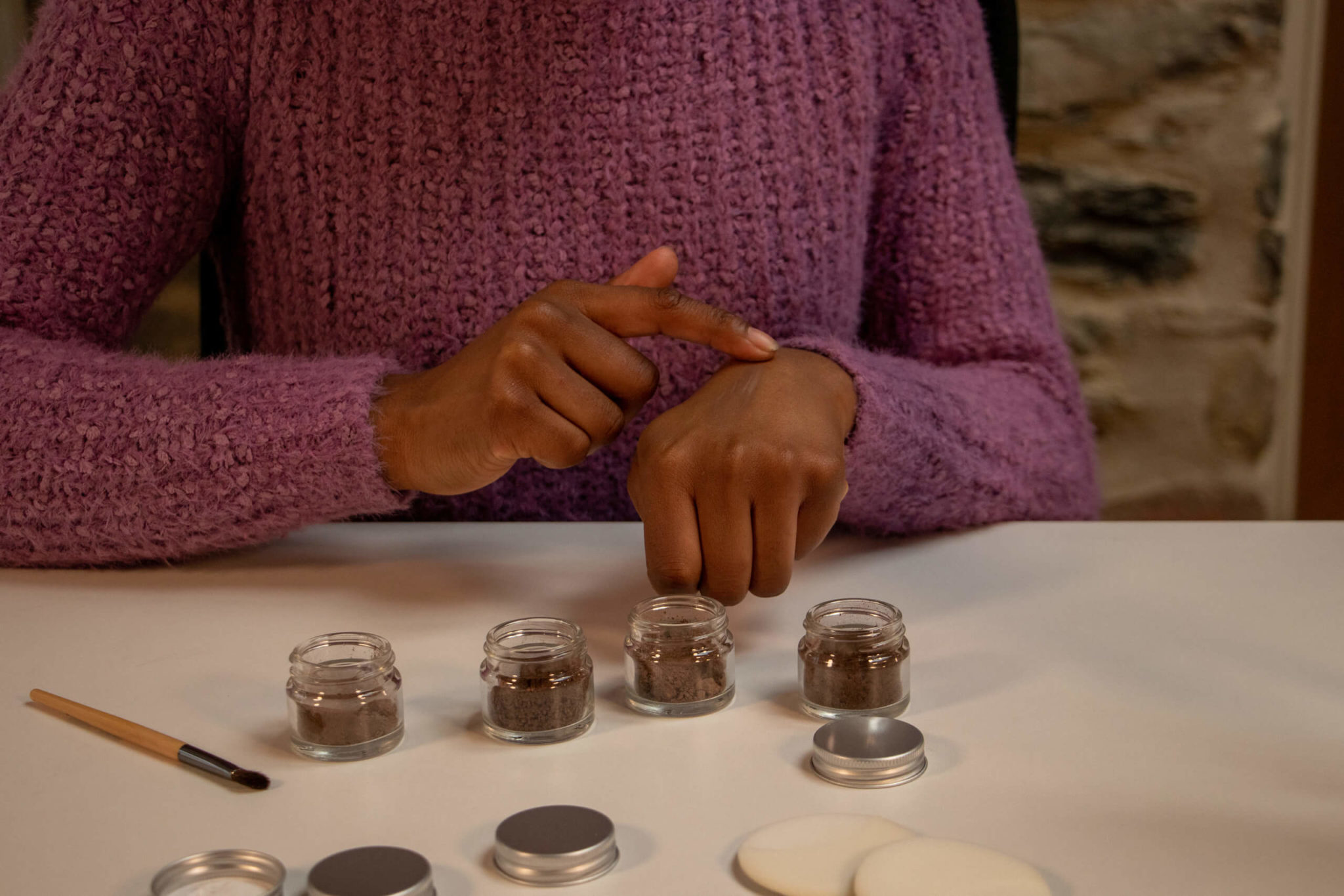
Loose powder mineral foundation
Loose powder mineral foundation is the easiest type of foundation to formulate and make. It contains ‘base’ powders that provide coverage, adhesion and slip (enabling it to be easily and smoothly applied).
Next, mineral pigments are added to the base powder. Depending on the shade you wish to create, the pigments used may include yellow iron oxide, red iron oxide, blue ultramarine, green chromium oxide and black iron oxide.
Darker shades will require larger amounts of pigments added to the white base, while lighter shades will require smaller amounts of pigments.
Watch the video to see how a mineral foundation is made!
In our Diploma in Formulating Natural Makeup and Advanced Color Cosmetics we provide six shades to get you started. Choose the shade closest to your skin tone and then, if necessary, use our guidance to adjust the shade to suit your skin tone perfectly.
Mineral foundation provides light-medium coverage and thus hides skin imperfections. It gives a smooth and uniform appearance. Mineral makeup is applied after other skincare products, such as moisturizer, have already been applied.
Mineral foundation is best applied with a brush. Dip the brush into a little of the powder and swirl it around to evenly cover the brush. Tap the brush to remove any excess powder and apply to the face in circular motions.
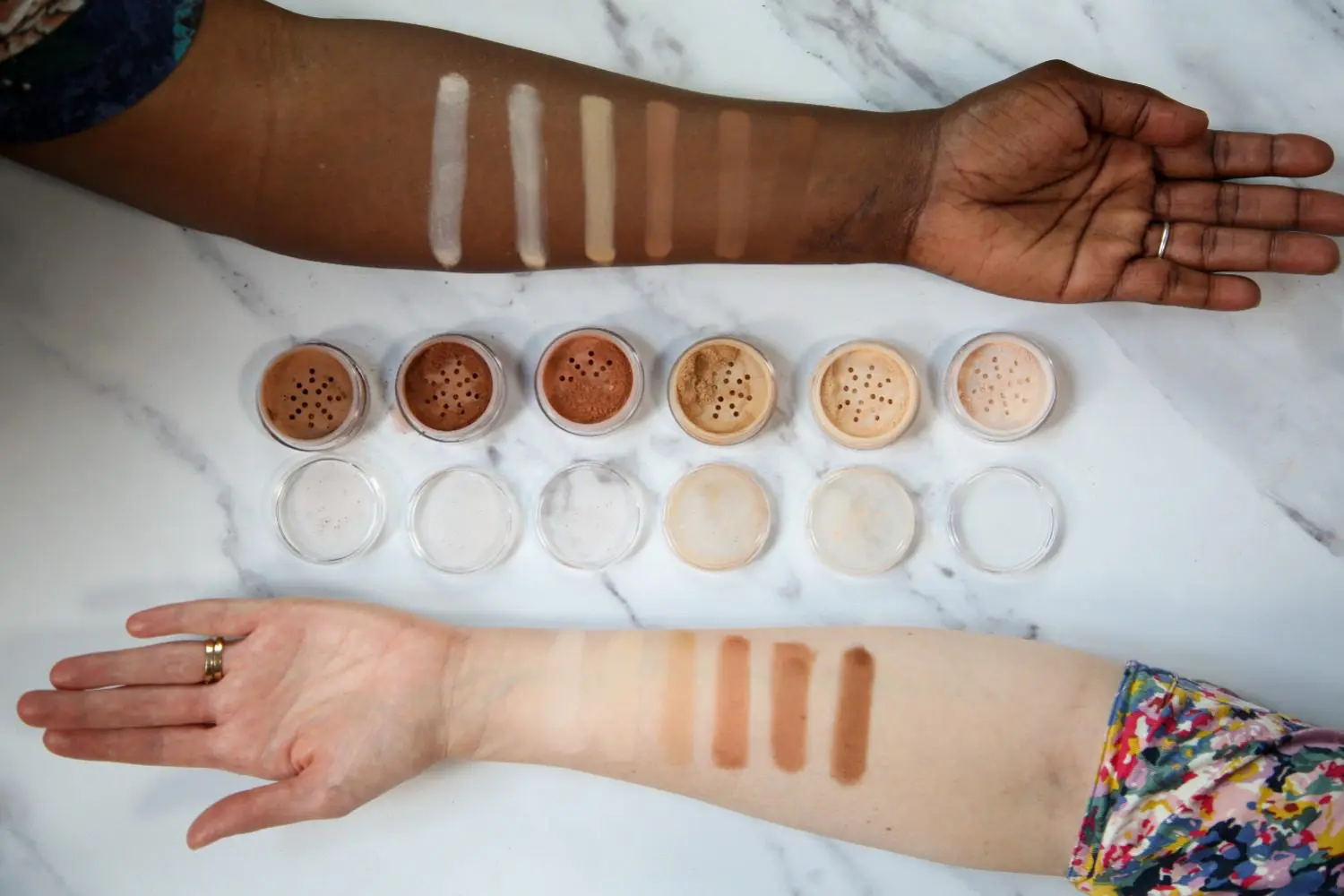
Pressed powder mineral foundation
Pressed powder mineral foundation is made in a very similar way to loose powder mineral foundation; the difference is that pressing tools are used to press the powder, so it is no longer loose.
Pressed powders can be easier to use than loose powders, and are more compact and portable.
To ensure the powders remain compact and stick together after the pressing process, they require a binding medium. This is a liquid that helps the powdered ingredients stay safely compacted. Conventional cosmetics use silicone but there are many natural alternatives to choose from. We’ll share with you the tools and binding mediums you’ll need on the Diploma in Formulating Natural Makeup and Advanced Color Cosmetics.
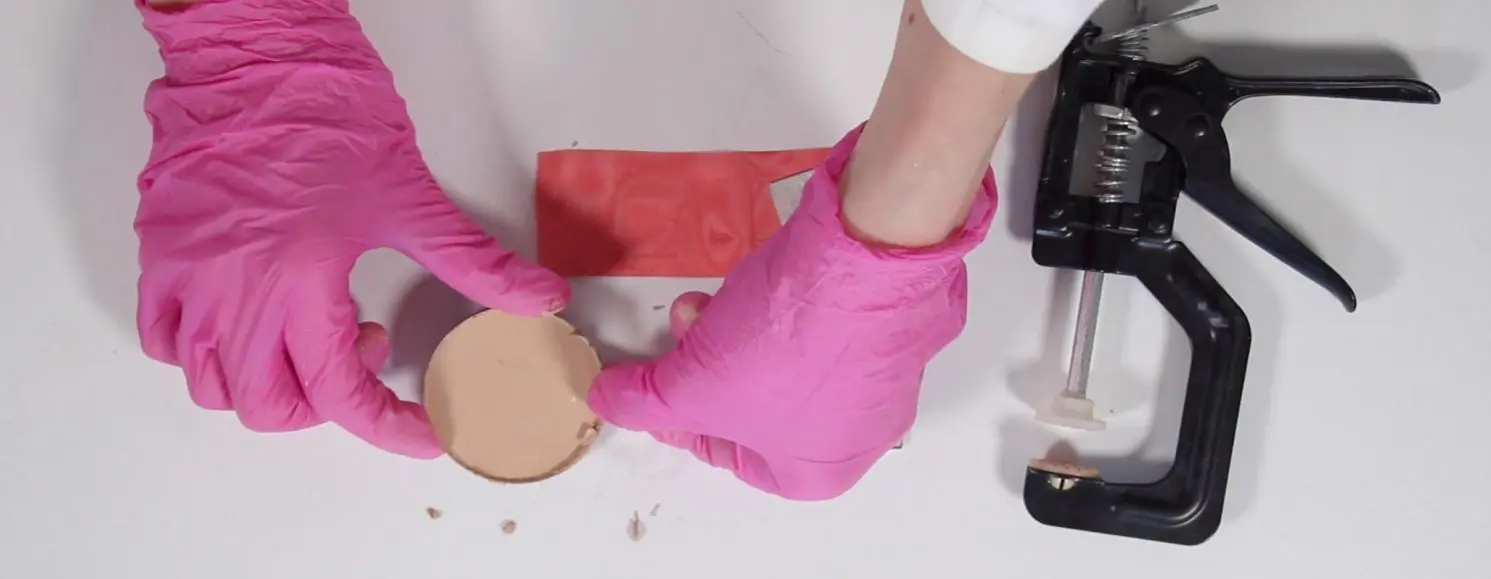
Lightweight sheer coverage liquid foundation
Sheer coverage liquid foundations are normally formulated as low to medium pigmented emulsions.
To ensure a light skin feel, in natural formulations, natural esters or lightweight vegetable oils are used and hydrating humectants are included, too. In order to ease the dispersion of pigments, dispersants can also be used in a liquid foundation formula.
‘Oil-free’ foundations can be formulated by omitting oils altogether and using only esters in the oil phase.
Oil-in-water emulsions (O/W) are suitable for lightweight, sheer coverage foundations. These will be the emulsions you are most familiar with as most cream and lotion formulas are O/W emulsions.
This type of foundation is suitable for all skin types and can be particularly useful for people with oily skin looking for a light foundation.
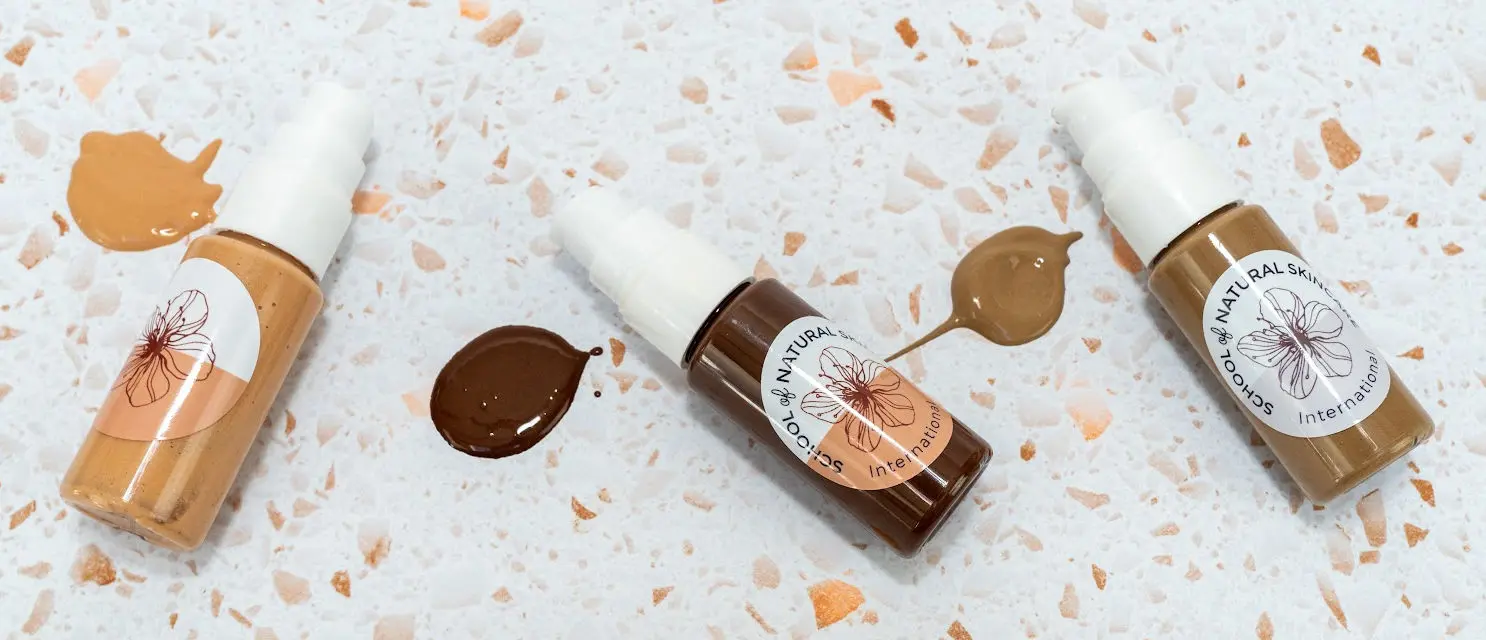
High coverage liquid foundation
High coverage liquid foundations are normally formulated as medium to highly pigmented emulsions.
Good quality, high coverage liquid foundation is best achieved by creating a water-in-oil (W/O) emulsion.
In this type of emulsion, tiny water droplets are dispersed in oils with the help of an emulsifier. As oil is the continuous phase, pigment dispersion is much easier, more effective and even, compared to O/W emulsions.
In order to create a foundation that contains a high amount of pigments and is still not too greasy on the skin, it is advisable to use W/O emulsifiers that allow for a high water phase.
There are some nice new W/O emulsifiers available, perfect for creating emulsions that aren’t too heavy and that sink into the skin quickly.
W/O emulsions are a more advanced type of product to formulate than the other types of foundations mentioned.
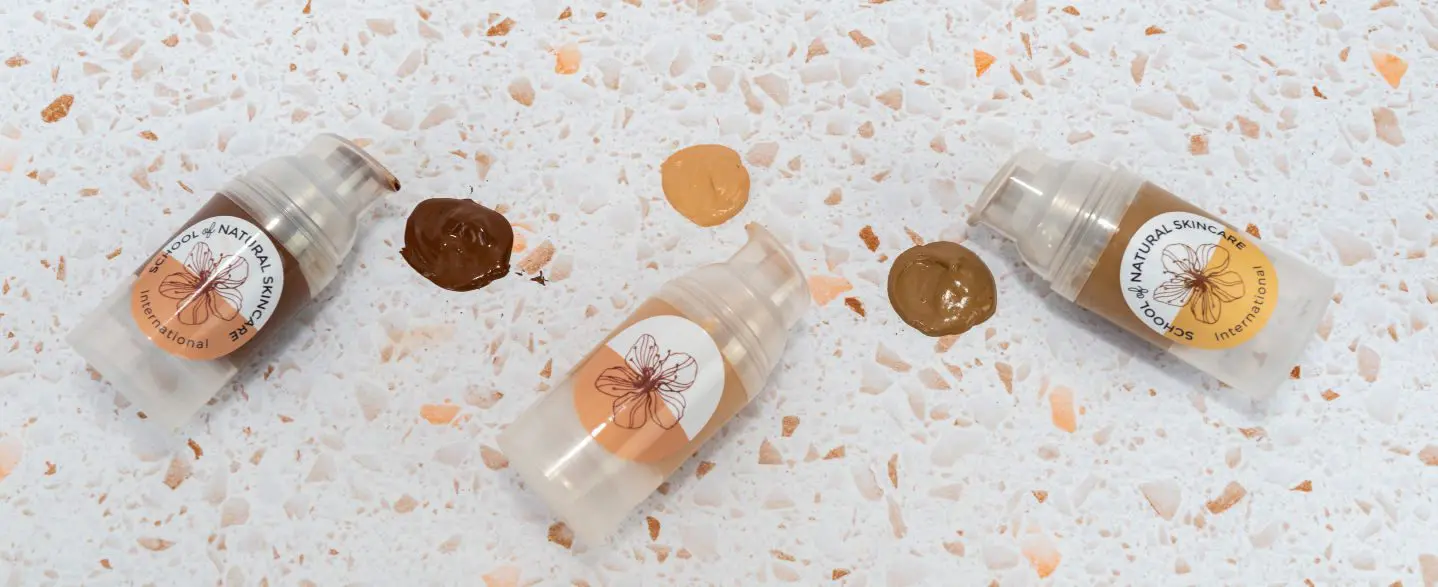
Yes, you can formulate foundation!
We’ll teach you how to formulate all four types of foundation in our Diploma in Formulating Natural Makeup and Advanced Color Cosmetics.
Our proven system for teaching formulation skills, developed over more than a decade of training provision, means when you study with us you’ll gain the knowledge, skills and support to succeed at formulating.
You don’t need a scientific background; our courses cover everything you need to know. You can rest assured that you are learning from qualified and experienced professionals, and are not being misled by inaccurate, poor quality and unsafe information often found online.
We start with more straightforward products and progress to the more complex or challenging products, so you can build your skills and confidence along the way.
We’ll teach you to formulate by providing the following resources for each type of product:
Essential theory: Such as the chemistry of cosmetics, ingredients, equipment, packaging and suppliers.
Formulation guidelines and templates: We break each product down and explain the ingredients used, their function, benefits and usage rates.
Benchmarks: Analyze products on the market to learn how they are formulated and use them as inspiration for your own products, if you wish.
Example formulations: We provide professional standard formulas developed by our cosmetic scientists ready for you to follow, giving you the chance to put the theory into practice.
Video demonstrations: Our high quality, step-by-step video demonstrations will help you learn the practical skills required to successfully make each type of product.
Product development brief and formulation worksheets: Follow the prompts and guidelines in our worksheet to formulate your own products and take the fast track to success.
Support: Have your questions answered by our team of scientists and join our student communities for peer support.
If you’d like to find out more about this online course you can do that here: Diploma in Formulating Natural Makeup and Advanced Color Cosmetics. We’re also on hand to answer any questions you may have, so please do reach out to us by email on [email protected]

